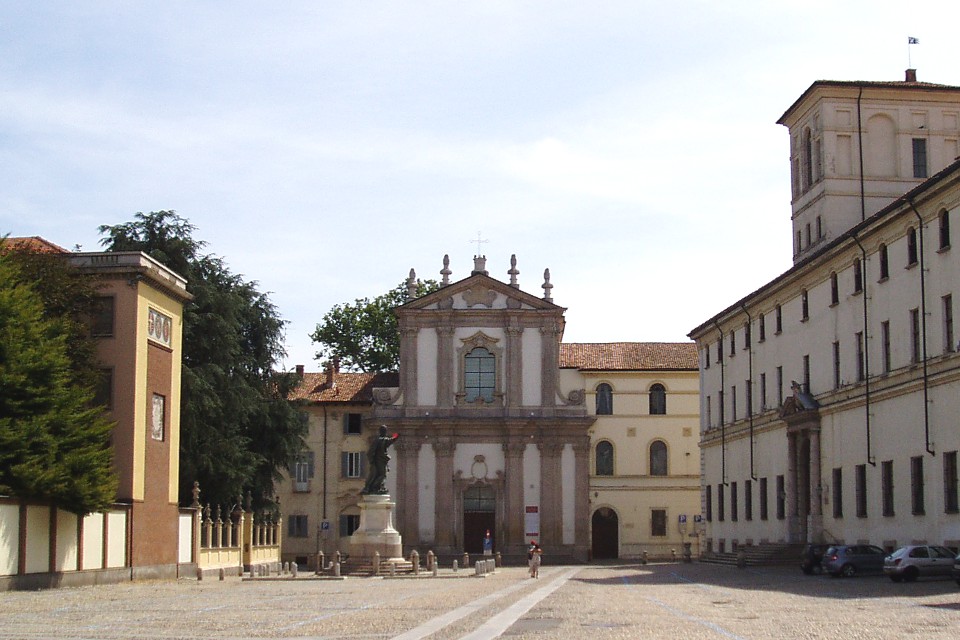
Ghislieri College
It was founded by Pope Pius V in 1507 on Tibaldi’s project: an extremely austere three-floor building on a square plan.

It was founded by Pope Pius V in 1507 on Tibaldi’s project: an extremely austere three-floor building on a square plan.
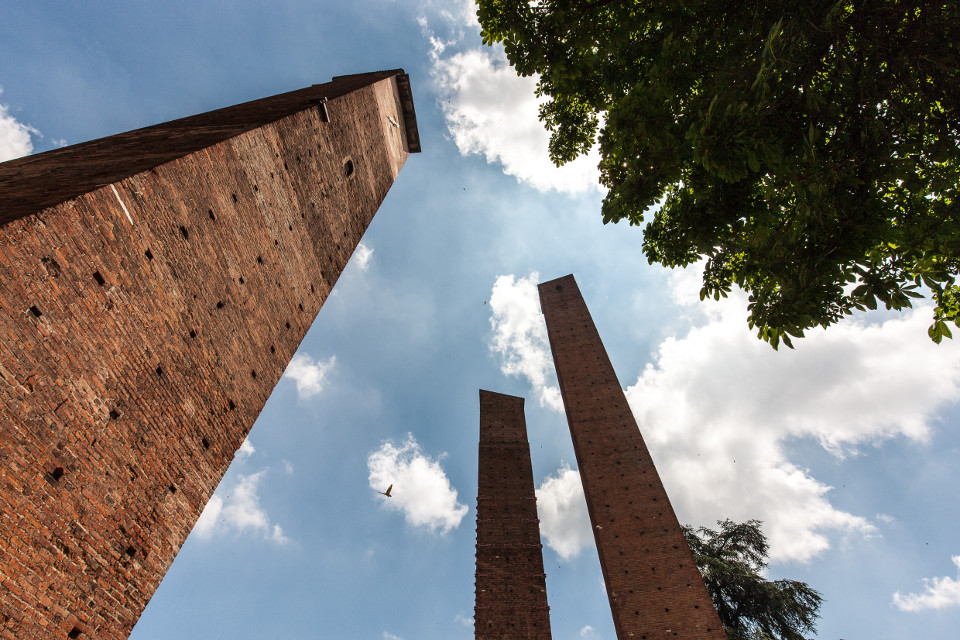
Today these are just five of a hundred or perhaps more towers featuring the outline of the medieval town: three near the university and two in L. Porta street.
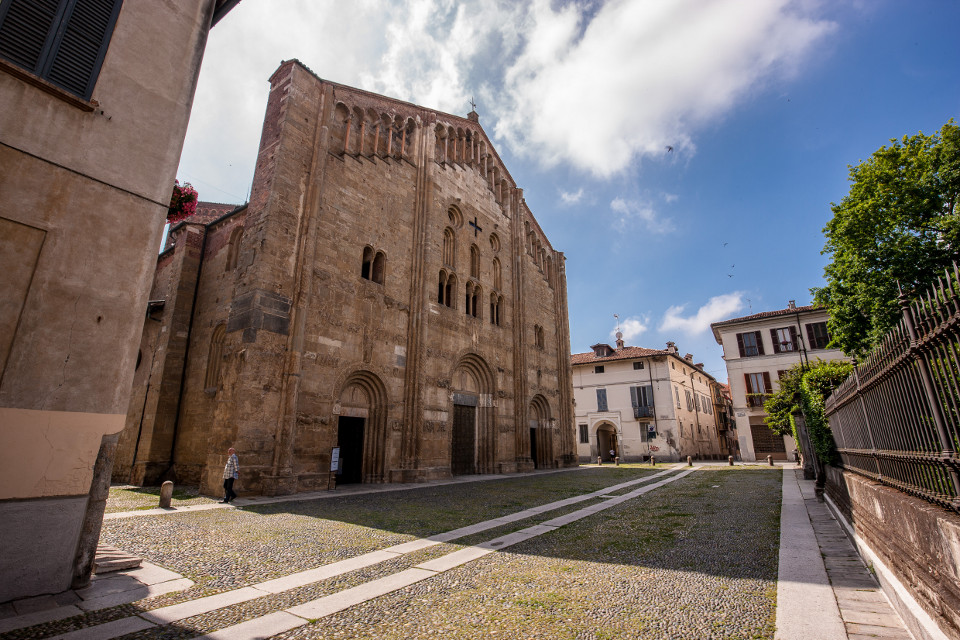
Masterpiece of the Romanesque architecture in Lombardy, this church has a majestic nave and two aisles, surmounted by the lantern and its façade is richly decorated with sculptures, bas reliefs and figures of animals, plant volute cornices and green shoots.
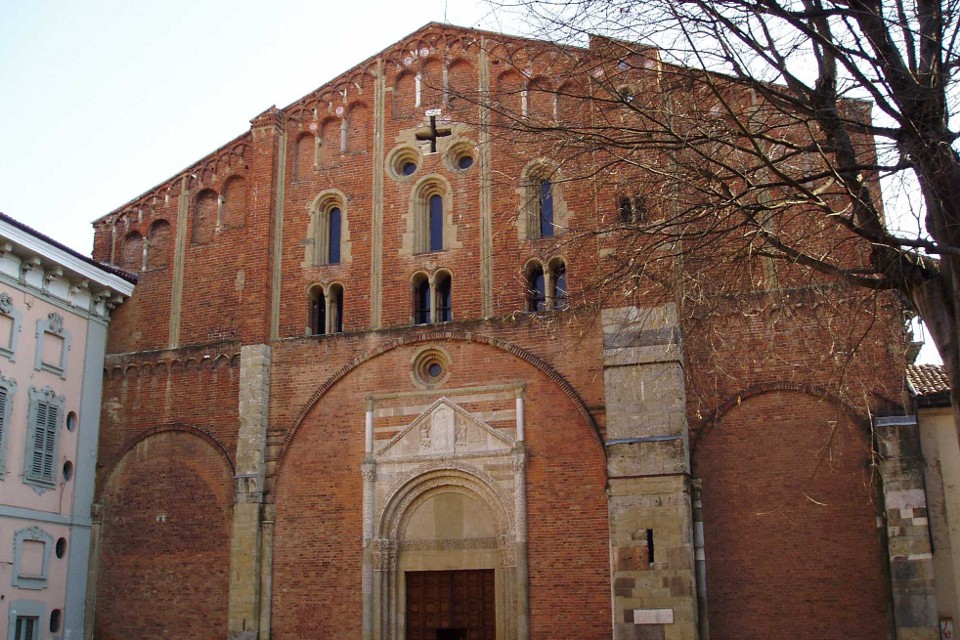
The Romanesque Church, refurbished in the 12th century, is well-known all over Europe for Saint Augustine’s remains, which in the 8th century were transfered here from Sardinia in obedience to the Lombard King Liutprando’s will.
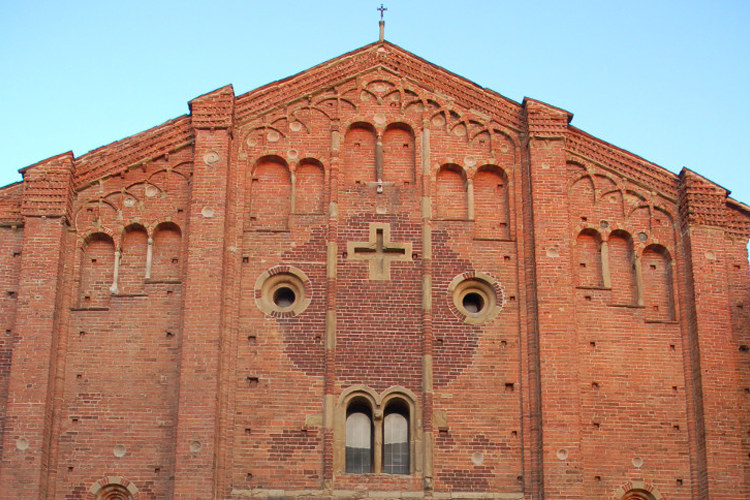
This 12th century Romanesque church is situated in a town area, which was once an ancient quartier outside the town walls.
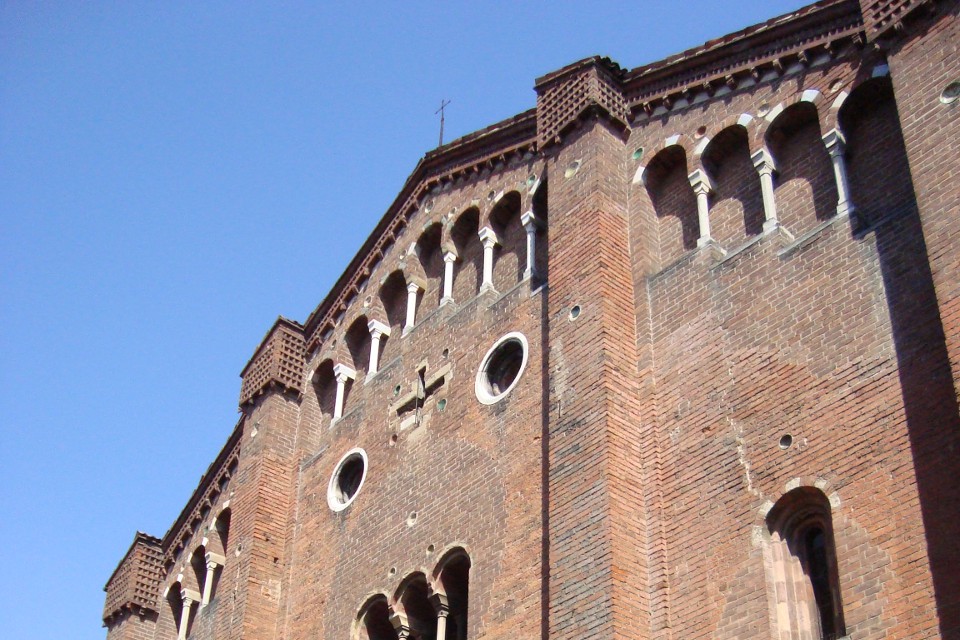
This church with its redbrick faēade is situated in the central medieval fishing quarter. Dedicated to one of the patrons of the town, the church houses several votive tokens.
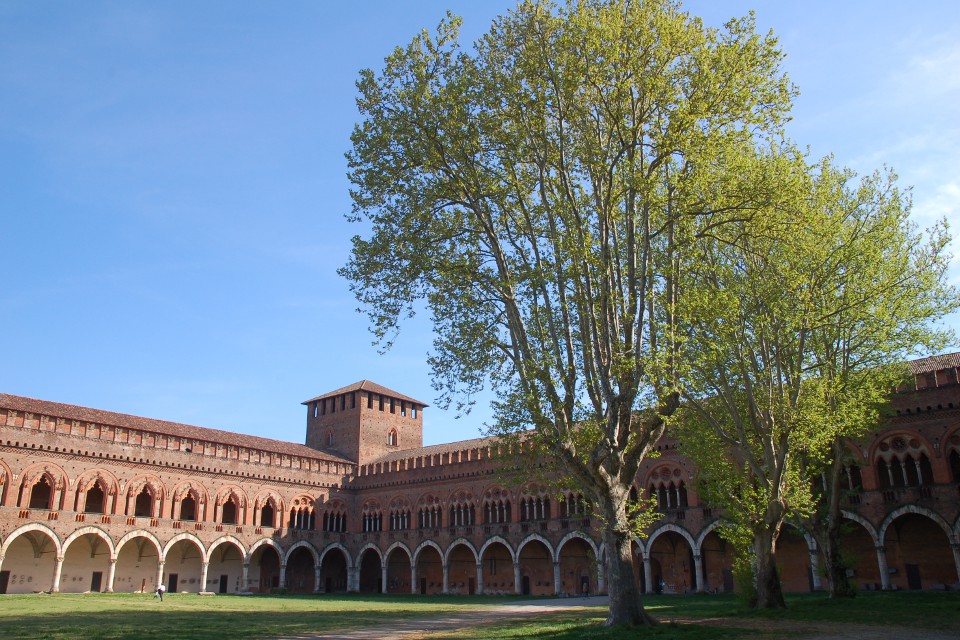
Built by Galeazzo II Visconti as from 1360 the construction was achieved after only five years. It was a stately and refined court residence rather than a fortress.
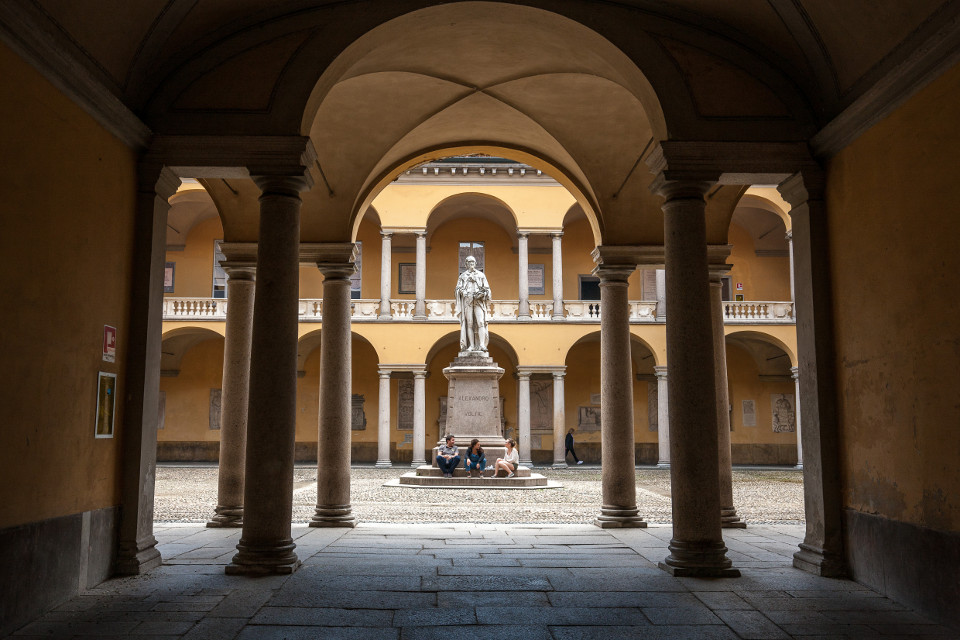
The university, one of the oldest in Europe, was founded in 1361 by Galeazzo II Visconti, who set up courses in law, medicine and liberal arts.
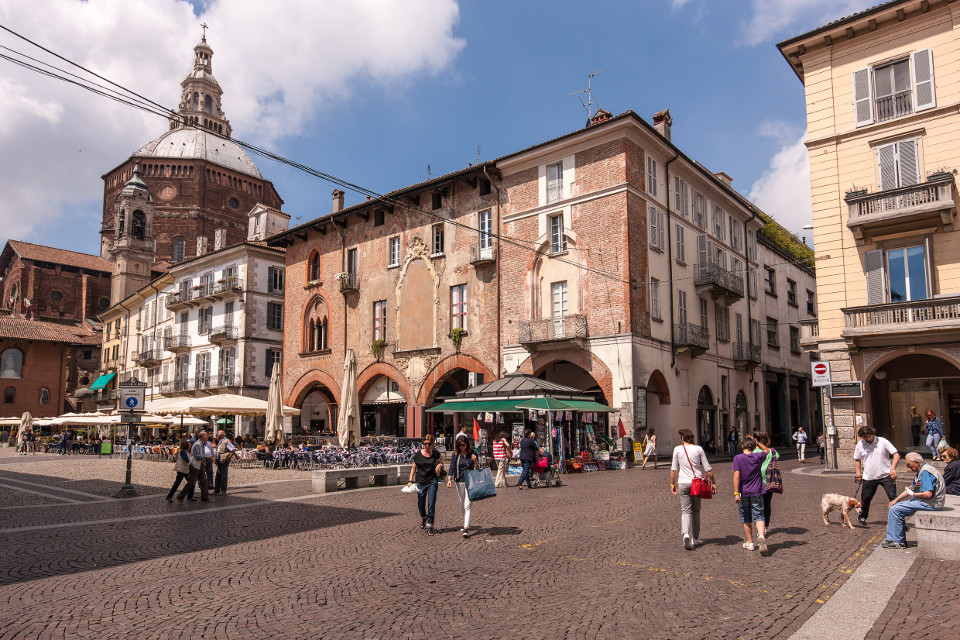
It is the main town square, known as “Platea Magna”, large square, in ancient times, in contrast with the “Platea Parva”, small square, i.e. the Cathedral Square.